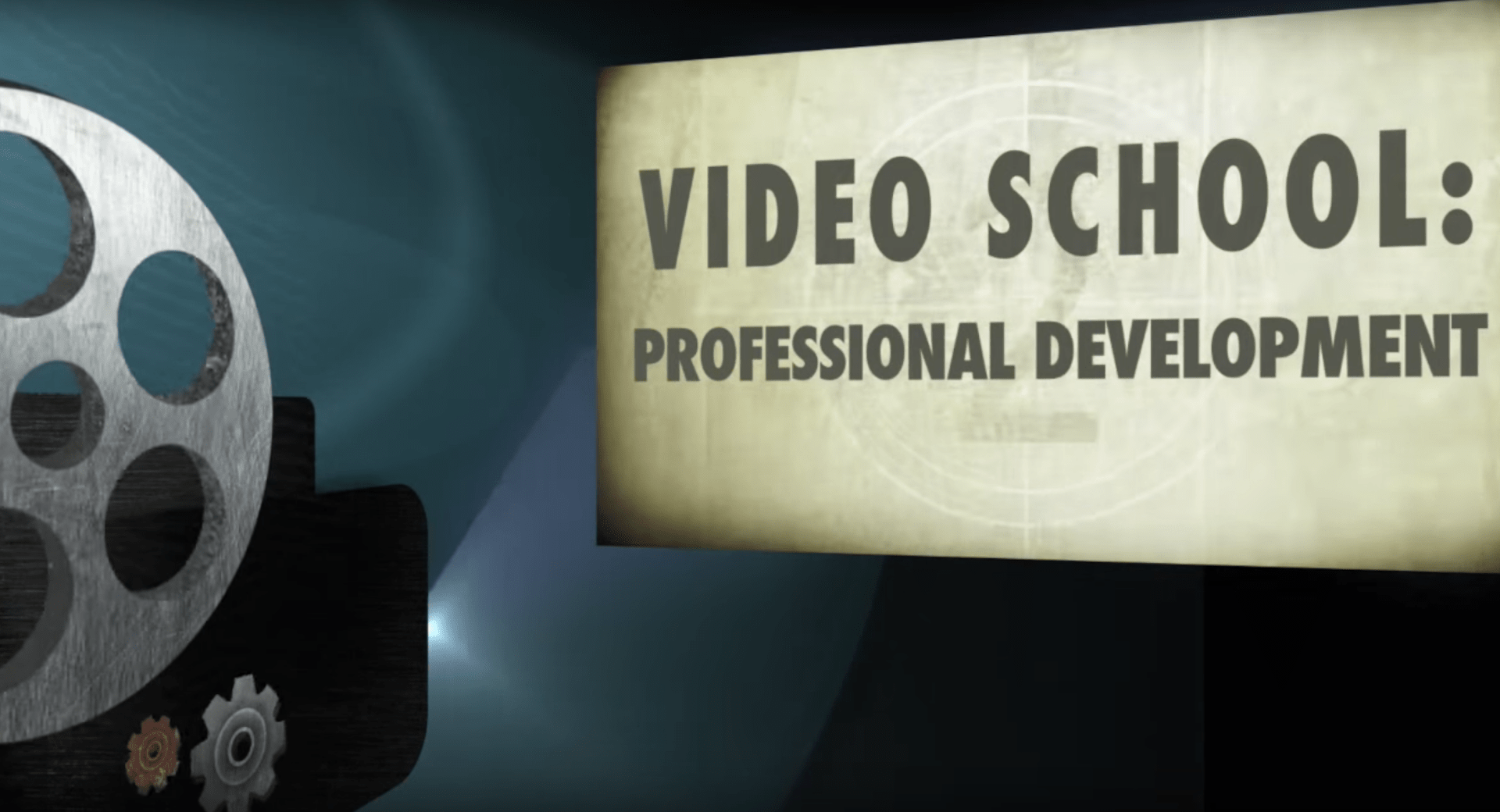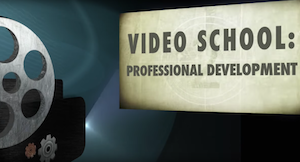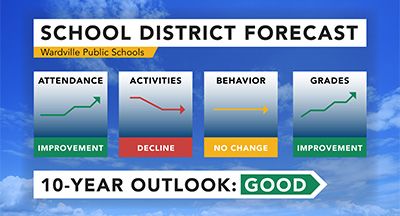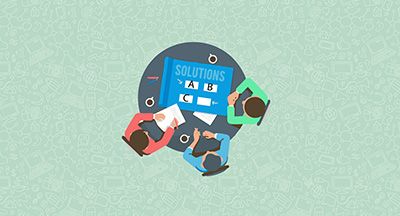Videos: The New Standard for PD
#Culture
Lauren Gilchrist
by
Lauren Gilchrist

|
Lauren Gilchrist On the Scene |

|

|

|
 |
Just as the tools and methods used to educate today’s students are changing, so are the ways that district leaders get new information into the hands of their staff. Professional development is no longer limited to workshops and expensive conferences. From internal tech training to deep pedagogical growth, video is proving to be a more efficient, convenient, and economical avenue for the development and collaboration of educators.
Why should you consider investing more time in video?
We stopped by a nearby junior high school to see how everyone from technology integration specialists to science teachers are using video as a way to teach, share, and learn. The response we got was overwhelmingly positive.
Watch the Video
The Problem With the Current Model
Professional development is probably, right now, one of, if not, the most important area that we as adults in the building [can focus on] in order to continue to prepare each student to be successful. A highly skilled, highly trained staff will mean that our students will receive a world-class education.
- Dr. Attila Weninger, superintendent, Hartford Union School District
The importance of professional development cannot be overstated. Top-tier school systems depend on teams of leaders and educators who are motivated enough to pursue growth opportunities wherever they find them.
Unfortunately, according to the Center for Public Education, “Most teachers only experience traditional, workshop-based professional development, even though research shows it is ineffective… Short, one-shot workshops often don’t change teacher practice and have no effect on student achievement.”
Enter videos.
It's About Convenience
While there's really no substitute for department collaboration and one-on-ones with administrators, there are plenty of topics that don't require a formal sit-down. If the IT department wants to get the word out about a new technology or process, there's probably no need to get the whole group together. The difference between a video delivery model and scheduled sessions is the opportunity the former affords educators to learn at their own pace, wherever it's most convenient for them.The just-in-time model of on-demand training is great for refresher purposes, and there's nothing quite like a video walkthrough when the time comes to try something new. Digital media is a great way for educators to explore topics and practices they may not be familiar with – an important step toward driving a culture of innovation, in and out of the classroom.
How is it Done?
There's always going to be a need for quick-hitting PD, be it an explanation of an unfamiliar process, a response to a frequently recurring question, or an important communication that affects large staff populations. The scope of applicability for video engagement is boundless. Imagine:Principals create an instructional best practices video demonstrating a model lesson based on the observational rubric he or she will be using that year.
Teacher leaders collaborate across departments on an ongoing video series used to share ideas for such topics as parent engagement, homework collection, and test preparation.
Technology specialists set up a library of tutorial videos for the devices and programs your teachers and students will be expected to use. Bonus points if this includes tips on how to integrate technology with the curriculum.
Administrators form partnerships with schools and districts in another location (cross-town or around the world – video knows no borders) to create a virtual learning network.
If you're looking for the most convenient, effective way to encourage self-service PD in your district, look no further than the world of digital media. Imagine how much improvement you'll see in the quality of instruction when teachers are given the resources they need to stay on top of their game.

|
Lauren Gilchrist On the Scene |
|
|

|

|

|
 |










